Setting up Bluetooth Driver on the Windows PC
We'll assume you're starting from scratch and using a USB bluetooth adaptor. Don't plug the bluetooth adaptor in just yet! If you've got a PCMCIA adaptor, or it's built into your motherboard, follow the instructions for that device and then skip to the configuration section. Load up the CD driver disk. If you haven't got the CD, then you'll need to get a copy of the drivers and applications from the particular manufacturer of your adaptor [2], perhaps via their website.
Start the installation, and when instructed, insert the bluetooth dongle. This is quite a slow step and your PC may freeze for a while, be patient! Eventually, everything should complete and then you get access to the setup wizard. There's no magic here, everything should "just work". Accept all the defaults for now, and we'll change the important ones later.
You should now have the little bluetooth icon in your system tray
which looks like this: ![]() , note
that it's white on blue, which indicates all is well.
If it's
, note
that it's white on blue, which indicates all is well.
If it's ![]() then there is a problem.
Consult the user guide for trouble-shooting, and/or click right-mouse on the icon
to see if it will tell you what's wrong.
then there is a problem.
Consult the user guide for trouble-shooting, and/or click right-mouse on the icon
to see if it will tell you what's wrong.
There's only a couple of things you need to tweak in the settings.
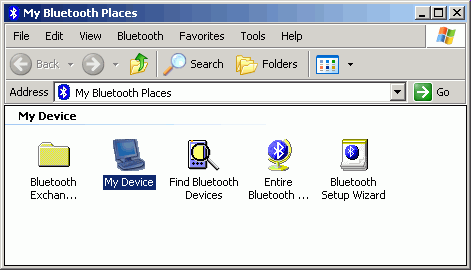
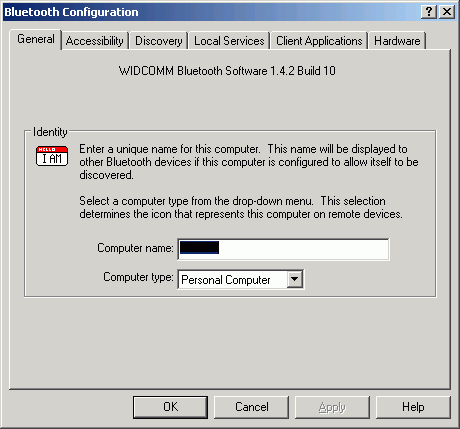
Ensure that "Let other bluetooth devices discover this computer" is ON, and that Allow is set to "Only devices listed below".
At this stage, turn your Palm on, find the "prefs" application, choose the bluetooth preferences, turn on Bluetooth, and ensure that the Palm is discoverable.
Use the Add button, it should find your Palm, select it, do "OK", and then "Apply".
Afterwards, you should see the name of your Palm (the name is set in the Palm's preferences) in the list of approved devices - here you can see that I added my Palm called PaulM.
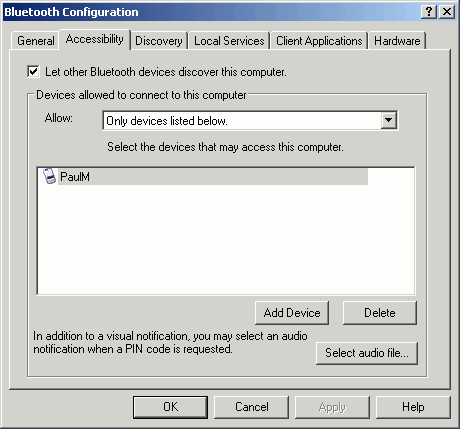
You can choose your own options here, in this case you can see what I prefer.
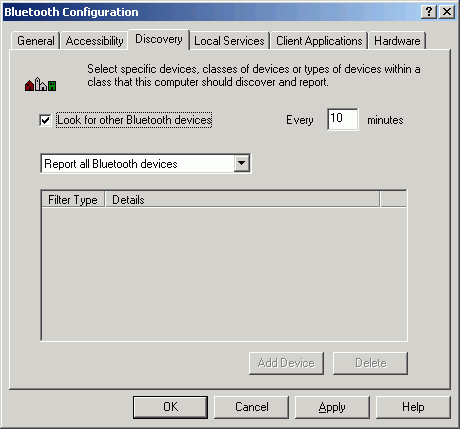
Select the network service and click properties, and you'll get the Network Access window:
Here's where there's a vital change. The default option for "Select the type of service to offer remote devices" is Allow other devices to create a private network with this computer. Change it to Allow other devices to access the Internet/LAN via this computer. Without this change, you'll make network connections which don't actually pass any useful traffic!. Click Apply, then OK to close the properties window. Then Apply again on the Local Services window.
Note how it says that you'll have to approve the connection; in fact, when it asks you the first time you can say to always accept the connection. This, combined with the limiting connections to known/approved devices, is how your PC stays secure. Do not be tempted to allow any device to connect, and/or disable these security features, as the security of your PC would be compromised!
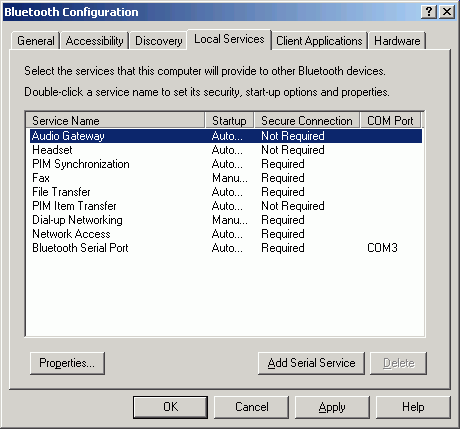
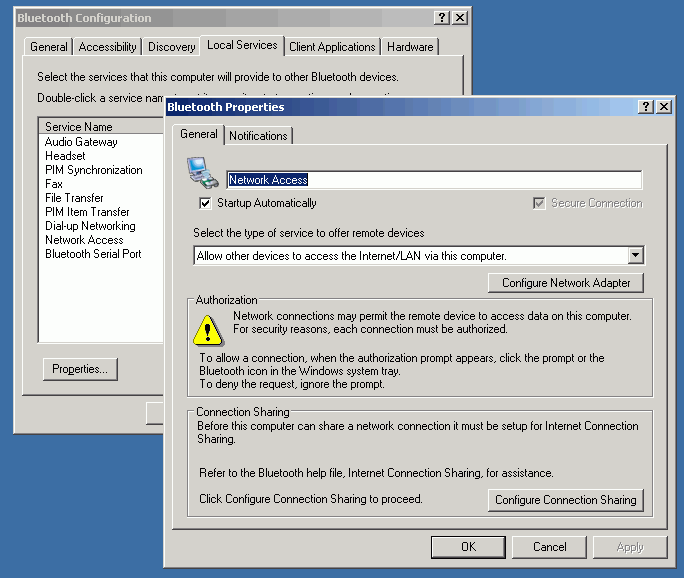
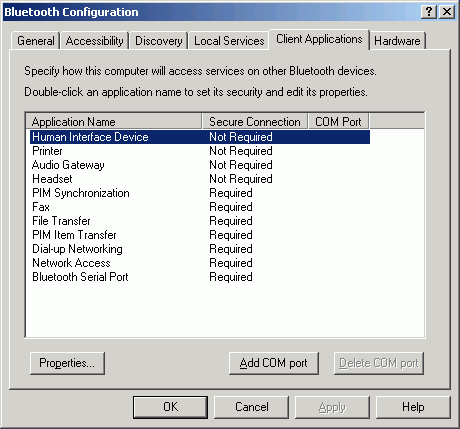
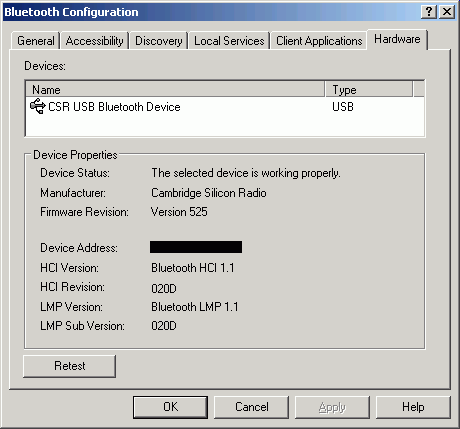
However, if you taken some time to make it this far, take a coffee break?!